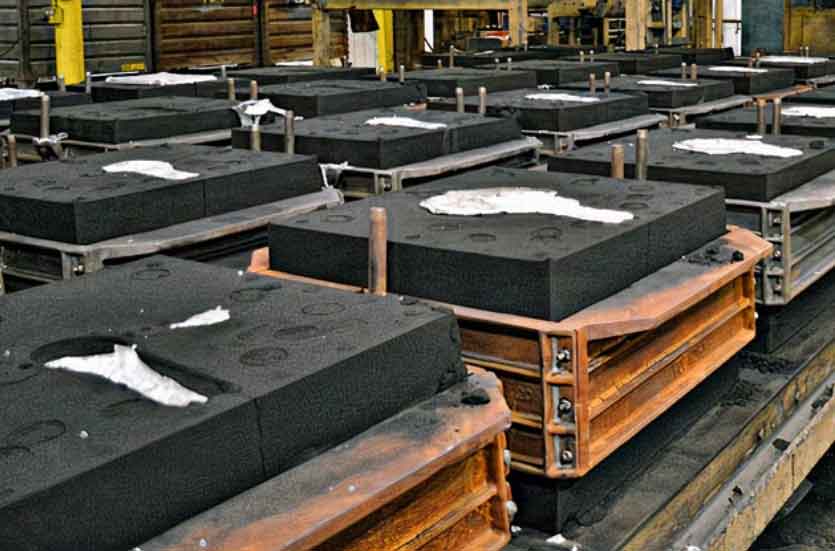
Resin sand casting is one of several casting methods available in the industry. Let’s compare it with other common casting techniques and explore the benefits of resin sand casting:
- Resin Sand Casting vs. Green Sand Casting:
- Green Sand Casting uses a mixture of sand, clay, water, and additives as the molding material.
- Resin Sand Casting uses a mixture of sand and resin as the molding material.
- Benefits of Resin Sand Casting:
- Higher dimensional accuracy and tighter tolerances due to better mold strength.
- Faster curing time, enabling shorter production cycles.
- Improved surface finish, reducing the need for additional post-processing.
- Reduced environmental impact as it does not require the clay and water used in green sand casting.
- Resin Sand Casting vs. Investment Casting:
- Investment Casting uses wax patterns coated in ceramic slurry to create molds.
- Resin Sand Casting uses sand mixed with resin to create molds.
- Benefits of Resin Sand Casting:
- Lower tooling costs compared to investment casting, making it more cost-effective for smaller production runs.
- Easier and faster mold production, enabling rapid prototyping and iterative design improvements.
- Suitable for larger and more complex parts due to the ability to create larger molds.
- Resin Sand Casting vs. Die Casting:
- Die Casting involves injecting molten metal into a reusable steel mold, resulting in high-volume production.
- Resin Sand Casting uses sand molds and is more suitable for low to medium volume production.
- Benefits of Resin Sand Casting:
- More design flexibility, allowing for the production of larger and more complex parts than die casting.
- Lower tooling costs, making it economical for smaller production quantities.
- Reduced risk of defects, as resin sand casting is less prone to porosity issues compared to die casting.
- Resin Sand Casting vs. Lost Foam Casting:
- Lost Foam Casting uses polystyrene foam patterns that evaporate during the casting process, leaving behind the mold cavity.
- Resin Sand Casting uses sand molds, and the resin binds the sand grains together.
- Benefits of Resin Sand Casting:
- Lower material and tooling costs, as lost foam casting requires specialized foam patterns.
- Ability to achieve higher dimensional accuracy and better surface finish than lost foam casting.
- More suitable for larger and heavier components due to the strength of sand molds.
Resin sand casting offers several advantages over other casting methods, such as better dimensional accuracy, improved surface finish, and reduced tooling costs. It is a versatile and cost-effective solution for producing complex and intricate metal components, making it a preferred choice for many manufacturing applications. However, the selection of the appropriate casting method depends on the specific requirements of the project, including volume, complexity, budget, and material choice.
